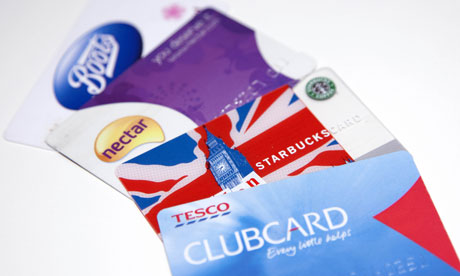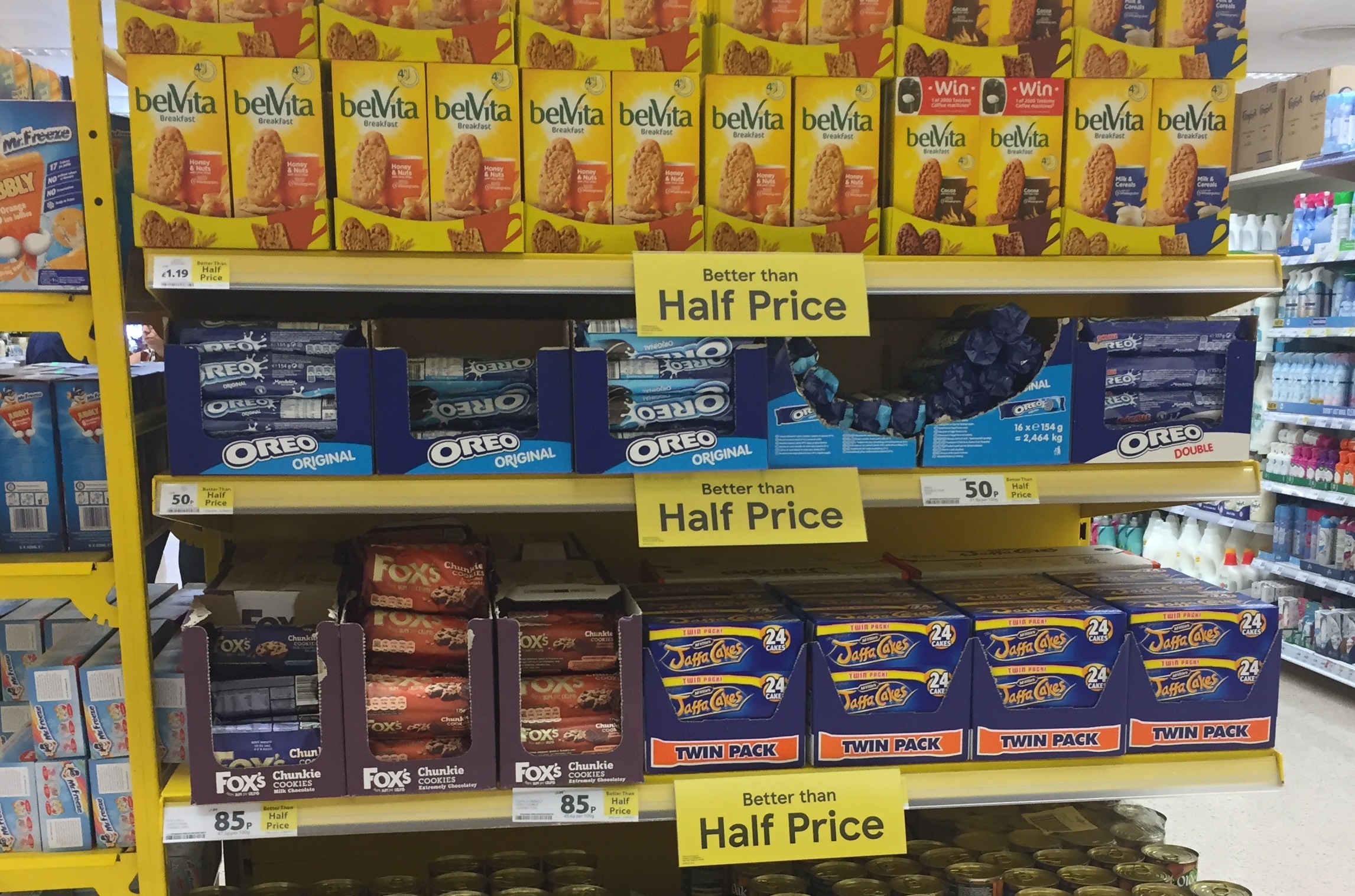 It was only a matter of time. The news that Tesco has decided to part company with Philip Clarke will surely have raised few eyebrows across the industry. But their choice of a successor, Unilever’s Dave Lewis rather than an insider, is a different tack for Tesco. Given that retail is arguably at its most dynamic and precarious position since the rise to dominance of the supermarket, perhaps change is good. But if big retail needs to change: how does it do it, and what should brands do to make the most of retail opportunities?
It was only a matter of time. The news that Tesco has decided to part company with Philip Clarke will surely have raised few eyebrows across the industry. But their choice of a successor, Unilever’s Dave Lewis rather than an insider, is a different tack for Tesco. Given that retail is arguably at its most dynamic and precarious position since the rise to dominance of the supermarket, perhaps change is good. But if big retail needs to change: how does it do it, and what should brands do to make the most of retail opportunities?
It appears that some retailers missed the marketing class where segmentation was discussed, believing that this idea, which lies at the heart of modern marketing, somehow didn’t apply to their brands. Big retail meant big stores, because big stores could offer everything that anyone would want. Except, of course, that this isn’t true. Specialists such as Whole Foods have nibbled away at shopper segments who wanted something that WalMart and Target weren’t able, or weren’t prepared to offer. Hard discounters such as Aldi and Lidl trimmed away costs in the same way that discount air carriers have done, because they recognized that different shoppers have different needs. Dollar shops have become a major force in many markets. And then there is online: offering a new form of shopping with potentially endless segmentation and personalization possibilities (it’s a lot easier to tailor an online offer than it is an offline one).
Supermarkets and superstores, built on land-grab economics, and the proposition of price, curation and convenience are seeing traffic dip to the point that those great stores, once a source of competitive advantage, threaten to be an albatross around the necks of some retailers. For some we have reached a tipping point – and those retailers that do not adapt, may be lost.
What happens when big retail hits a crisis?
Retailers will do a number of things. We’re already seeing many of them. Major retailers will (and are) look for ways to leverage their real estate in different ways. Tesco are actively looking to lease out store space in their biggest stores to anyone who will buy it. They’ll invest in new channels – again Tesco have driven a new strategy in recent years of buying up space for smaller stores in more urban areas. Many will redouble their efforts into online; and those that will be successful will look to gain a new edge by building more into their brand than merely price.
When big retail catches a cold, brands sneeze
There are many implications for brands, which can be positive as well as negative, depending on how they are handled.
Retailers will become multichannel, or omnichannel.
Big retailers will increasingly look to vary their offer across multiple channels, and will look to their suppliers to support them in this way. Being able to understand how shoppers behave differently within and across channels, and use this insight to create meaningful, differentiated plans will be critical.
Retailers will cut ranges
If big retail stores are giving over space to other activities and focusing on smaller stores, then one way or another, ranges are likely to be cut. Brands will need to fight to keep their turf, and if brands don’t offer any uniqueness to shoppers, then be prepared to have to pay, or lose distribution.
Retailers will want more differentiation
As retailers recognize that price and good store sites are not enough to secure shopper loyalty they will look to differentiate their offer more. Suppliers will be under even more pressure to create unique, differentiated, exclusive activity and product. Expect many retailers to push hard on private label too as a source of differentiation, as well as higher profits.
Retailers will still push hard on price
Whilst it would be nice to believe that retailers would begin to see that price isn’t the be all and end all of winning at retail, it is unlikely that any major retailers will be brave enough to step away from price. Whether this is right or not is up for debate, but I can hardly blame them. Moving away from price competition at a time like this would be extremely brave.. Price will be key, which will keep margins low, and keep the pressure on suppliers high.
Retailers will ask for more
Big retail will be under pressure, both from reduced profits from existing activities and also the need to invest in these new future initiatives. It is likely that retailers will turn to their old ‘friends’, the suppliers, to help. Inventory will be squeezed; prices will be squeezed, fees will go up. The fact that there are fewer shoppers walking past the gondola won’t stop the retailer wanting to increase the charges they levy. Brands could easily find themselves paying more for less.
It is clear that big retail is in for a rocky time ahead, but the danger is that this could have a significant impact on brands too. Brands that aren’t ready could suffer heavily. In my next post I will cover some key actions that brand manufacturers can take to both immune themselves from the fallout of retail Armageddon, and to potentially take full advantage of it. To make sure you don’t miss this, please subscribe here.
Image: Unilever.com




